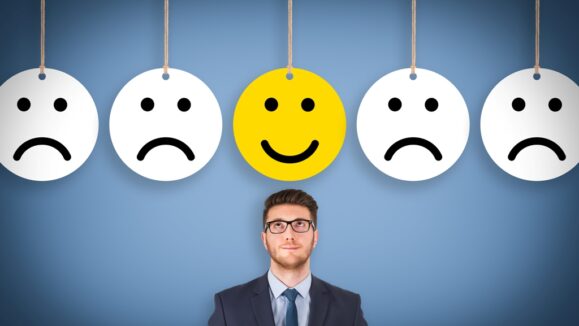On Day 2 of the APAO Congress, a panel of international speakers shared their expertise and views on myopia and artificial intelligence in an information-packed “APAO-AAO-NEI Joint Symposium: Strategic Priorities and Opportunities for Collaboration With the Asia-Pacific Community.”
The symposium featured clustered talks on three topics: myopia by Dr. Michael F. Chiang and Dr. Marcus Ang, data sharing and data models by Dr. Sally Baxter and Dr. Taji Sakamoto, and artificial intelligence by Dr. Aaron Lee and Dr. Haotian Lin.
A closer look at myopia
Dr. Michael Chiang, director of the National Eye Institute (NEI), shared that NEI had 3,500 unique research projects (11% involving non-US collaborators) and over 800 non-US investigators (from 66 countries) participating in NEI-funded research. In March 2022, NEI hosted global societies to discuss areas of mutual research interest and identified several priorities for collaboration.
“Myopia is what I call an epidemic within East Asia with 70% to 90% prevalence,” said Dr. Chiang. He added that genome-wide association studies (GWAS) show 200 loci associated with myopia, and there is now a hot debate over various environmental mechanisms linked to myopia.
“Current research that involves genetics, animal models, and epidemiology is often limited because these factors involve self-reporting. So overall, the cellular mechanisms of ocular growth in myopia are unclear,” he continued.
Dr. Chiang disclosed that the NEI has engaged with the National Academies of Sciences, Engineering, and Medicine (NASEM) to commission a two-year study on Myopia: Pathogenesis and Rising Incidence.
Meanwhile, Dr. Marcus Ang from the Singapore National Eye Centre (SNEC) proposed that in looking forward, we should focus on three key areas of research in reducing high myopia.
“Instead of just evaluating myopia in children and adults, we should evaluate who among them will eventually have a visual loss,” he said. “For risk prediction for myopia progression, we can identify the high-risk group so that we can focus our limited resources on those populations. And there should be more efforts around research and clinical translational works to identify and target the non-responders in studies.”
On data sharing and models
Dr. Sally Baxter from Viterbi Family Development of Ophthalmology and Shiley Eye Institute in the United States, highlighted the importance of data aggregation and harmonization, especially for AI models.
She introduced the Observational Medical Outcomes Partnership (OMOP) common data model that allows the harmonization of data from different sources and transforming them into a common format, thus enabling efficient analyses.
Dr. Baxter also brought up concerns on the issue of data privacy versus data sharing. “Everyone’s interested in sharing data and creating better models and doing validation. But there’s also this concern about data privacy, especially in the current environment, not just health data but data in general. How do we do data governance?” she asked.
On the other hand, Dr. Taiji Sakamoto from Kagoshima University, J-CREST, Japan, spoke about issues that are yet to be addressed in the social implementation of digital health, such as ethics, cost-effectiveness, legislation, and security against adversarial attacks.
AI and preserving privacy in eye care
Meanwhile, Dr. Aaron Y. Lee from the University of Washington introduced a study on AI Ready and Equitable Atlas for Diabetes Insights, which compared data from four ethnic groups.
Dr. Haotian Lin from Zhongshan Ophthalmic Centre, Sun Yat-sen University, Taiwan, concluded the session with his talk on bridging healthcare with privacy-preserving technologies.
He introduced three models: Federated learning, which shares model updates instead of raw data to protect local data; a 3D reconstruction digital mask that can extract disease-relevant features while hiding sensitive data; and blockchain, which tracks data contribution and ownership.
Editor’s Note: The 38th Asia-Pacific Academy of Ophthalmology Congress (APAO 2023) was held on February 23 to 26 in Kuala Lumpur, Malaysia. Reporting for this story took place during the event. A version of this article was first published in Issue 3 of the APAO 2023 Show Daily.



